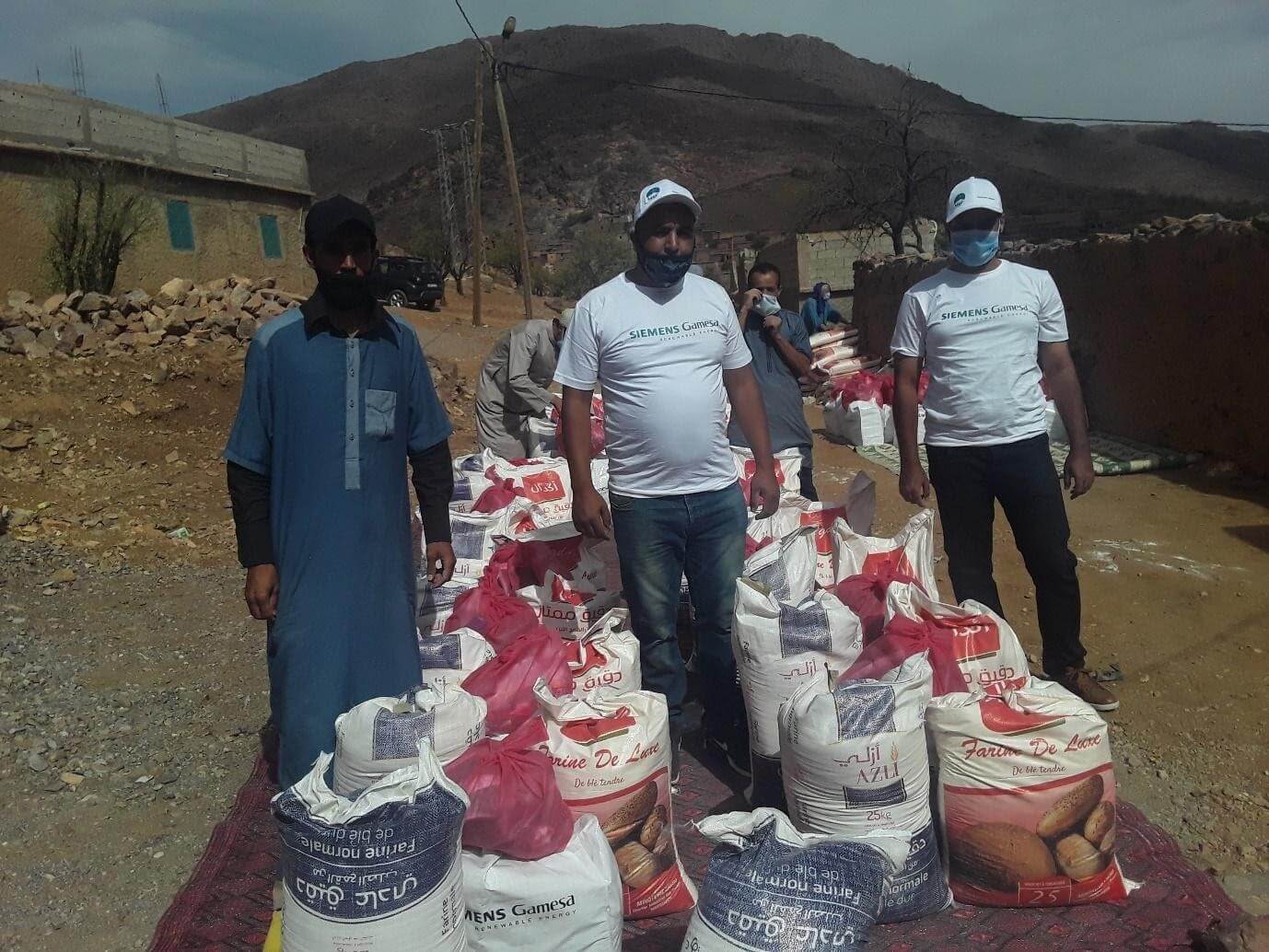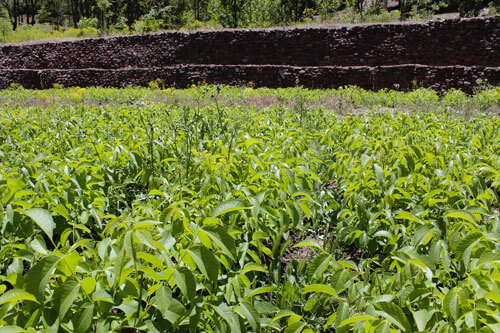Cool News in a Warming World: Why Invest in Future Forests, Daily News, By Finn Grundmann.
HAF Volunteer, Plant Enthusiast, and Scientific Assistant in Ecosystem Restoration Projects
Forests capture more than carbon. While through the mechanism of photosynthesis, plants are experts at retrieving carbon dioxide from the air, they have also perfected strategies to retain water in their natural surroundings. When thinking of the benefits of future forests, it is crucial to think beyond the tree level. Tree roots loosen the soil, and by creating macropores, they drastically increase infiltration rates and help recharge groundwater levels. The effect of just one tree on those soil properties can be measured within a radius of 25 meters around the tree crown. So, by planting just a hundred trees, an area as big as 32 full-size football fields can be restored.
Reforestation reduces the risk of ecosystems drying out in a warming climate by keeping water in the soil. But that is not all. Through their roots that hold onto fertile soil, they prevent erosion and reduce the risk of flooding. Especially in mountainous areas, these properties are essential to keep farmland fertile. And because healthy soils lead to thriving communities, trees planted with the High Atlas Foundation provide a promising future for farming communities in Morocco.
The much-needed positive effects of newly planted forests go far beyond the local scale of villages, cities, and countries. Researchers have recently discovered that forests are the main link for oceanic precipitation to reach the drier continental regions. By releasing water vapour through tree leaves, forests create clouds and cool the climate dramatically. Through this recycling of rainfall, water gets transported over long distances, and the release of microorganisms and organic compounds triggers rainfall along the way. Hence, investing in trees means the containment of carbon, retention of water, support to livelihoods, and, most importantly, the creation of a green link into our future.

Reference: Allison et al. 2017. Trees, forests and water: Cool insights for a hot world. Global Environmental Change 43, 51-56.
Give to this project.





